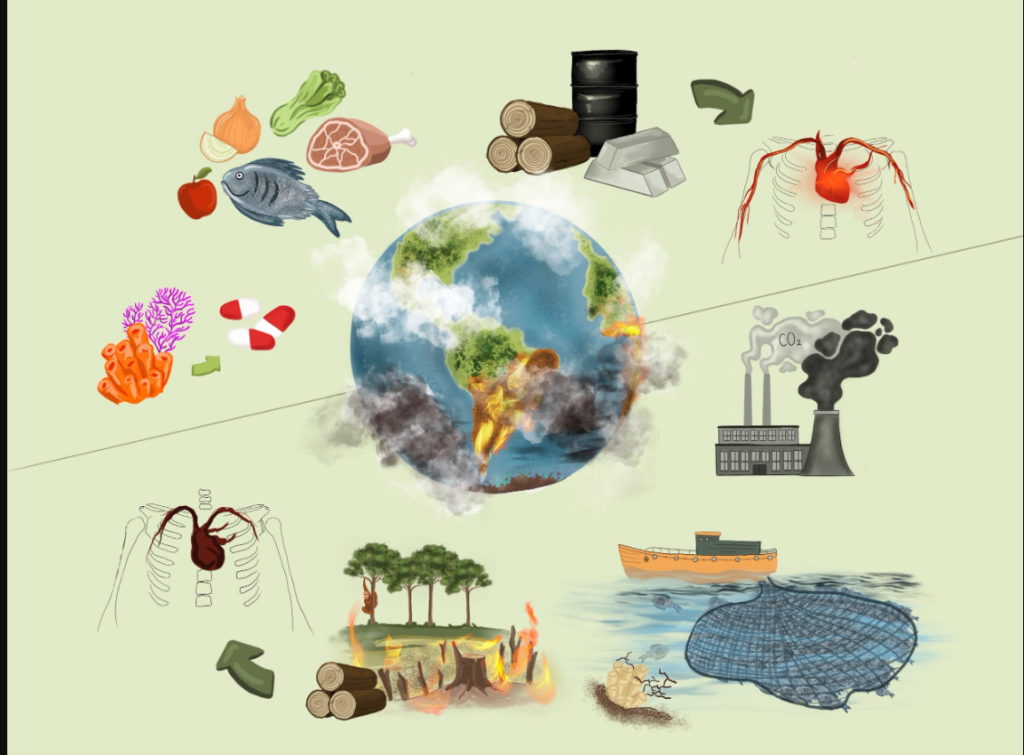Human, animal, and environmental health interdependence 2023

Sustainability requires generations-long planning and a global perspective. Understanding human, animal, and environmental health is essential to sustainable development. One Health, a WHO concept, strives to improve health outcomes via multi-sectoral collaboration.
We must overcome several obstacles to feed the world’s rising population. The Sustainable Development Goals (SDGs) were created by the UN to address our health, poverty, food, and climate challenges.
This global strategy, a “blueprint to achieve a better and more sustainable future for all” by 2030, is guided by six main principles: strengthening global cooperation, data-driven decision-making, minimizing our footprint, innovating for a better world, supporting animal caretakers, and prioritizing animal health and welfare.
Recognizing the complex, interconnected link between human, animal, and environmental health is essential to achieving the SDGs and improving animal welfare. To protect our world, we need global initiatives to innovate and advance animal care through preventative medicines.

Zoonoses: Sustainable future risk management
Humanity benefits from animal well-being. To ensure sustainable development, zoonoses must be mitigated and managed. Thus, animal health and production practices that promote health, economic growth, and food security are essential to meeting the SDGs on time.
Losing livestock devastates families and communities in resource-poor countries that depend on farming. Animal-borne illnesses kill 20% of worldwide cattle productivity, threatening food security. Disease control, including disease-resistant animal breeding, must be prioritized for long-term health.
60% of human diseases are zoonoses, and 75% of new diseases are animal-borne. These illnesses have significant death rates and can produce pandemics.
Prevention innovations
World health has prioritized infectious illness prevention since the COVID-19 pandemic. In the future decade, animal illness awareness and novel, preventative therapies should be prioritized.
Rabies, a zoonotic viral illness that affects both domestic and wild animals, is a major animal health concern that needs stronger prevention measures.
Rabies kills tens of thousands of people each year, according to the WHO. Raising awareness, educating people, and immunizing dogs, cats, monkeys, bats, and other animals can prevent animal-to-human rabies transmission.
Technology is continually improving rabies-prevention methods. This includes a University of Surrey pilot study that developed wearable smart pet gadgets to recognize dog behaviors and track rabies-causing actions. These experiments determine how dogs should receive immunizations to battle the illness.
Fighting transboundary and developing livestock diseases like FMD and Bluetongue is crucial to community health. Healthcare companies must be nimble and commit to continual research and quick development to prevent epidemics and sustain food security due to their ever-changing nature.
Spreading awareness, encouraging joint efforts, and adopting innovative practices across sectors are essential to our collective mission of creating a healthier future for all and preventing disease in humans and animals.
